Historical Port Scene Busy Activity in Colonial India
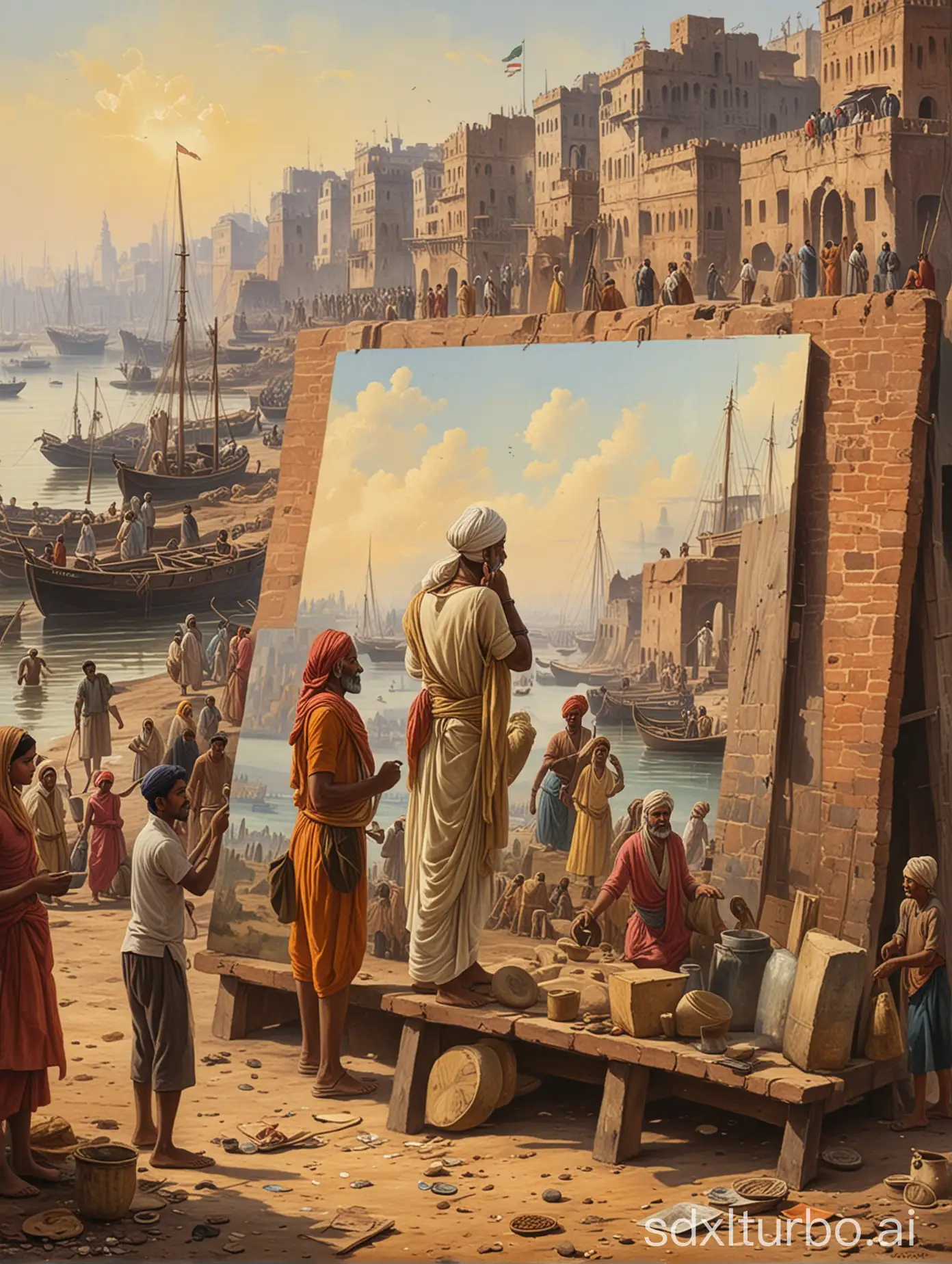
Image Prompt
Prompt
make old India looks rich from 1700, people working near port site, painting
Choose Model: realistic
Aspect Ratio: 3:4
Generated by Stable Diffusion SDXL
Related AI Images
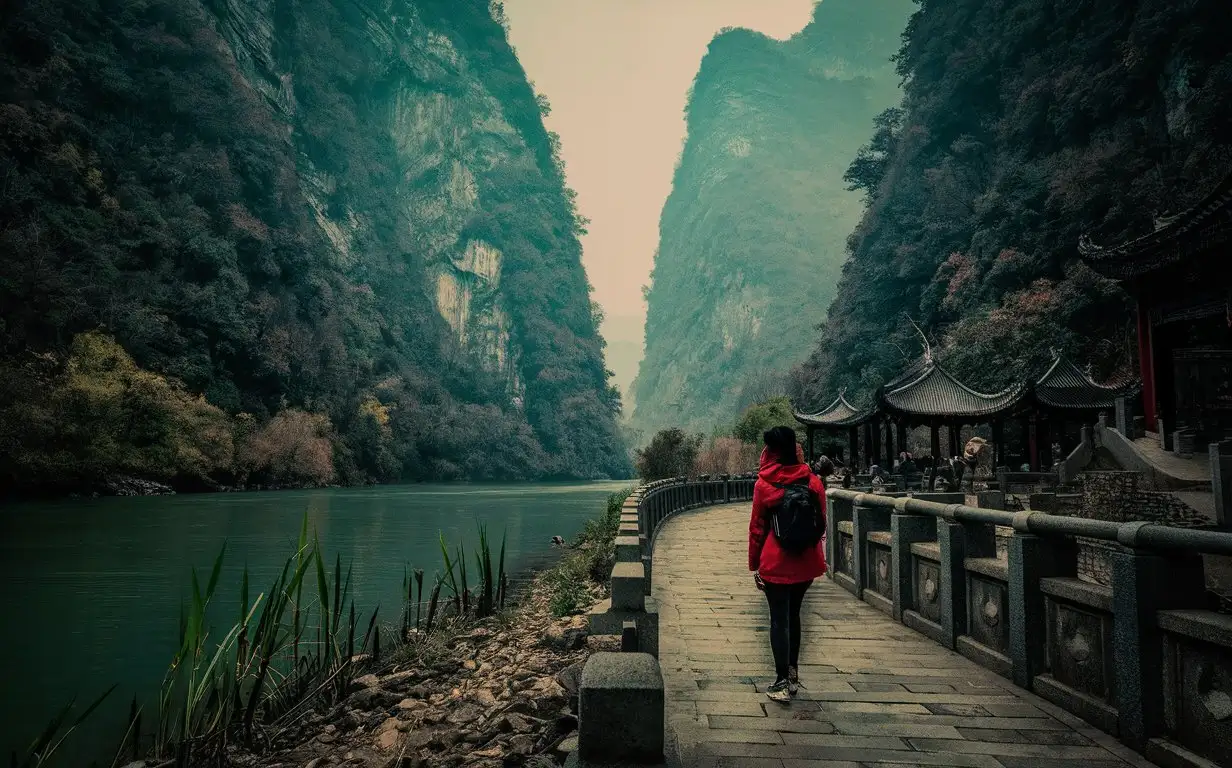
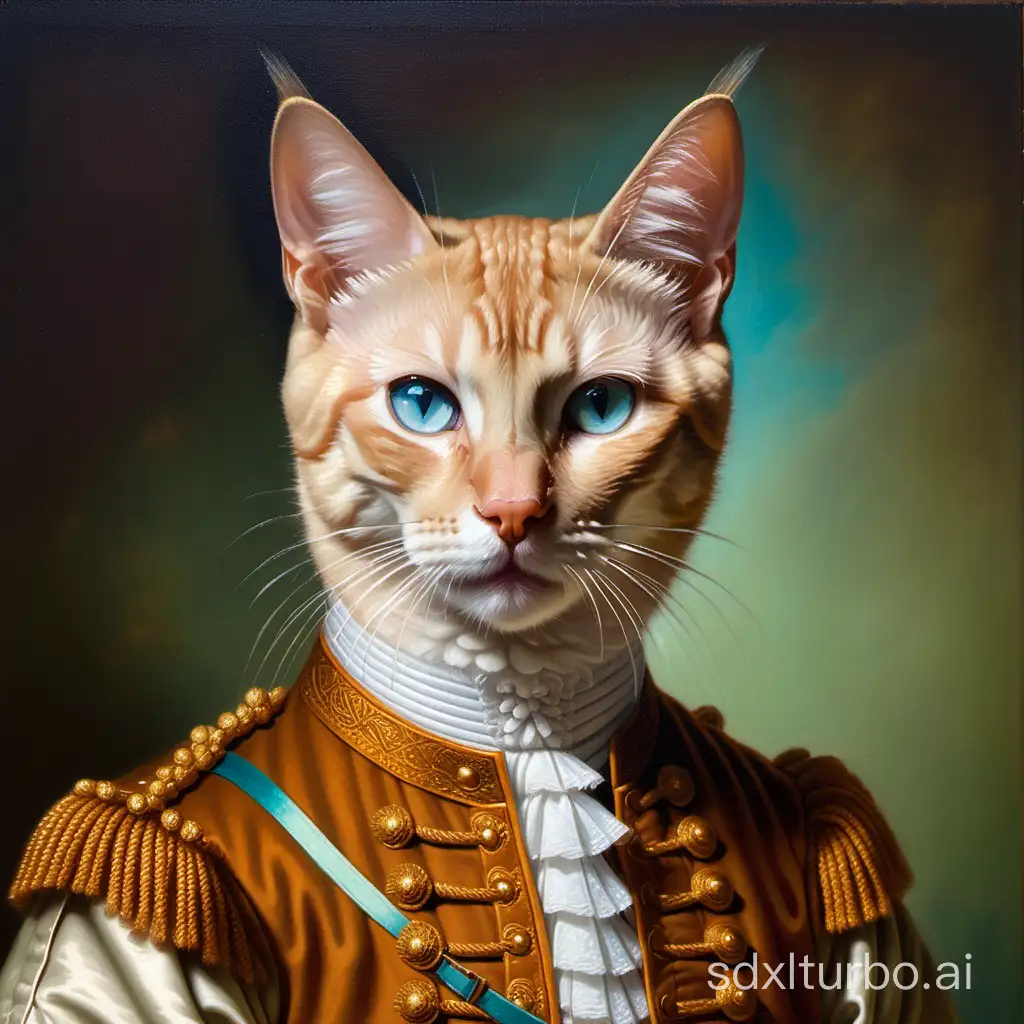
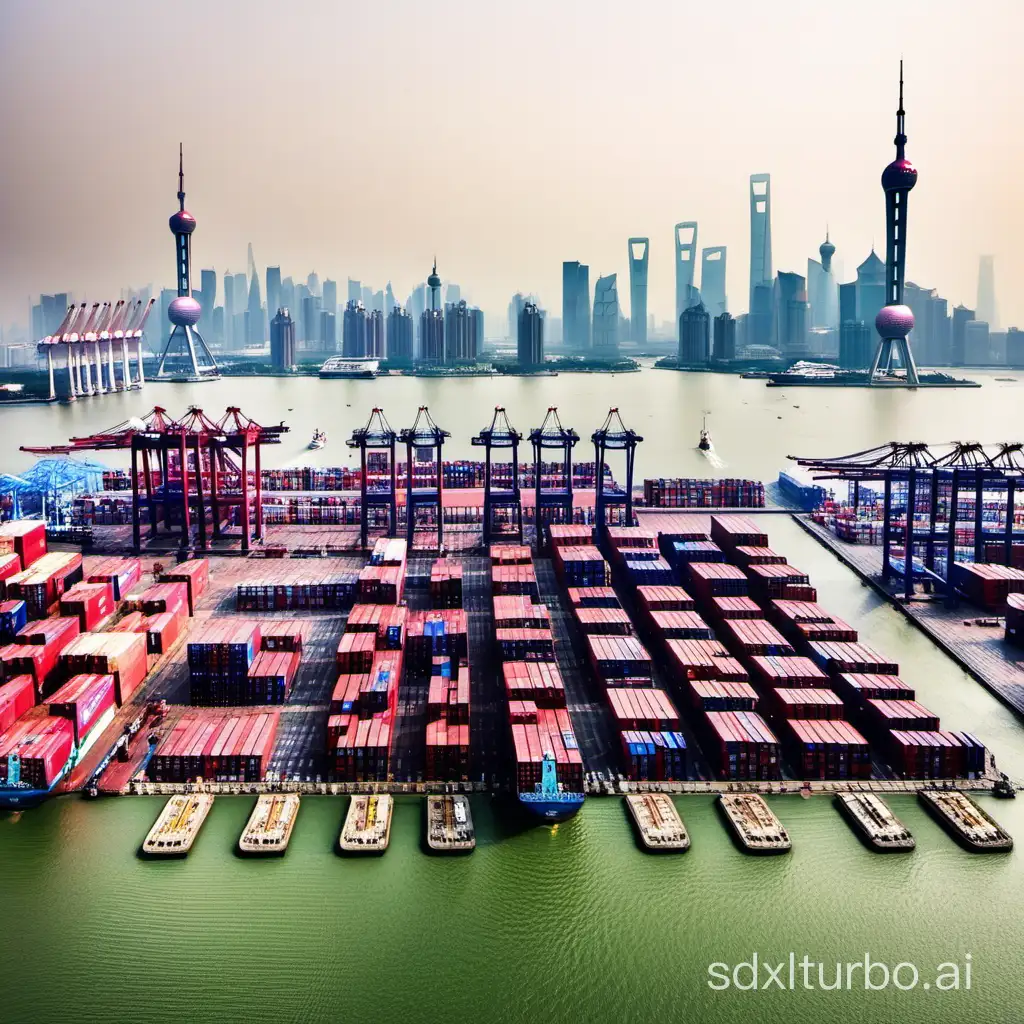



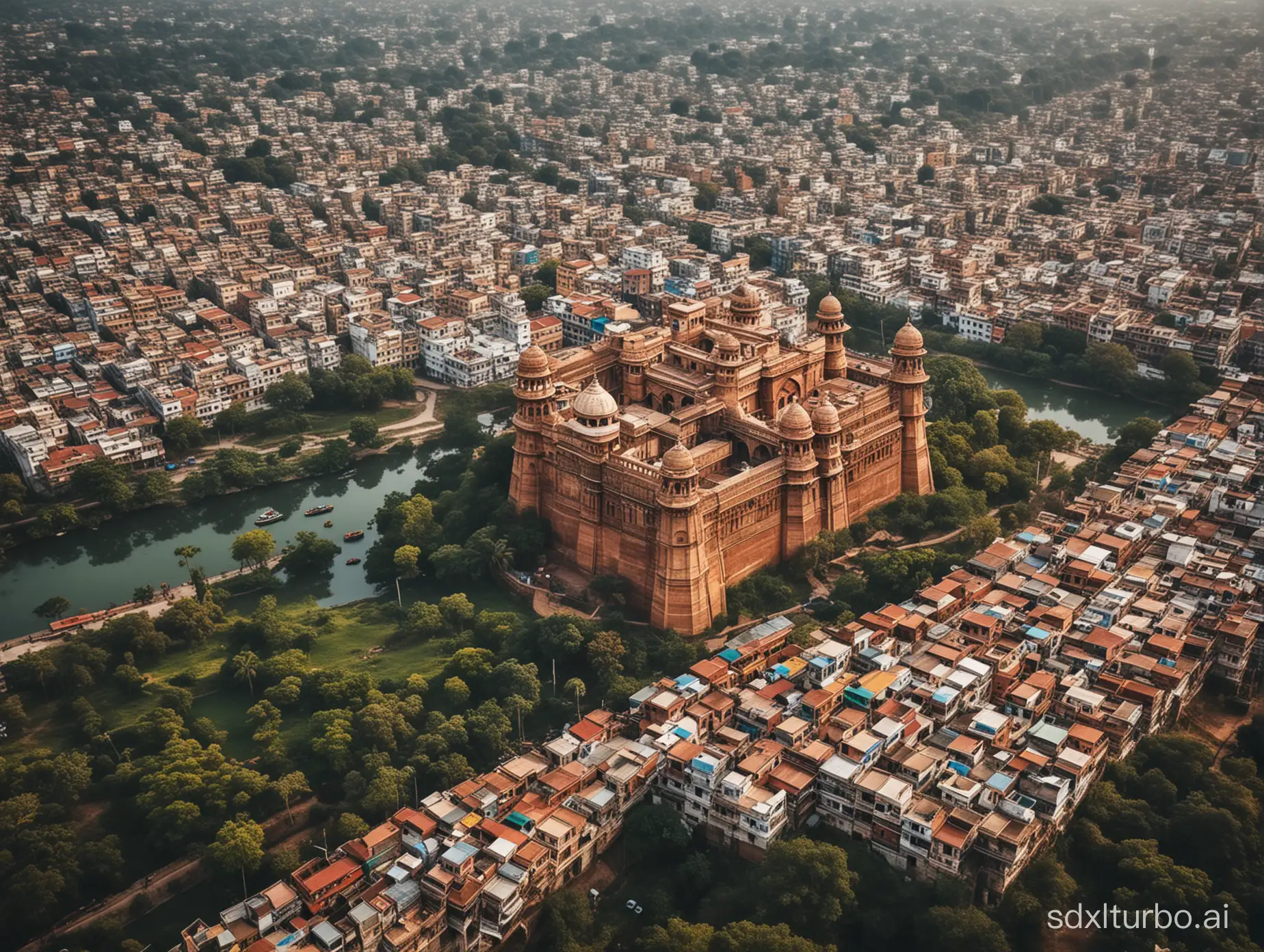
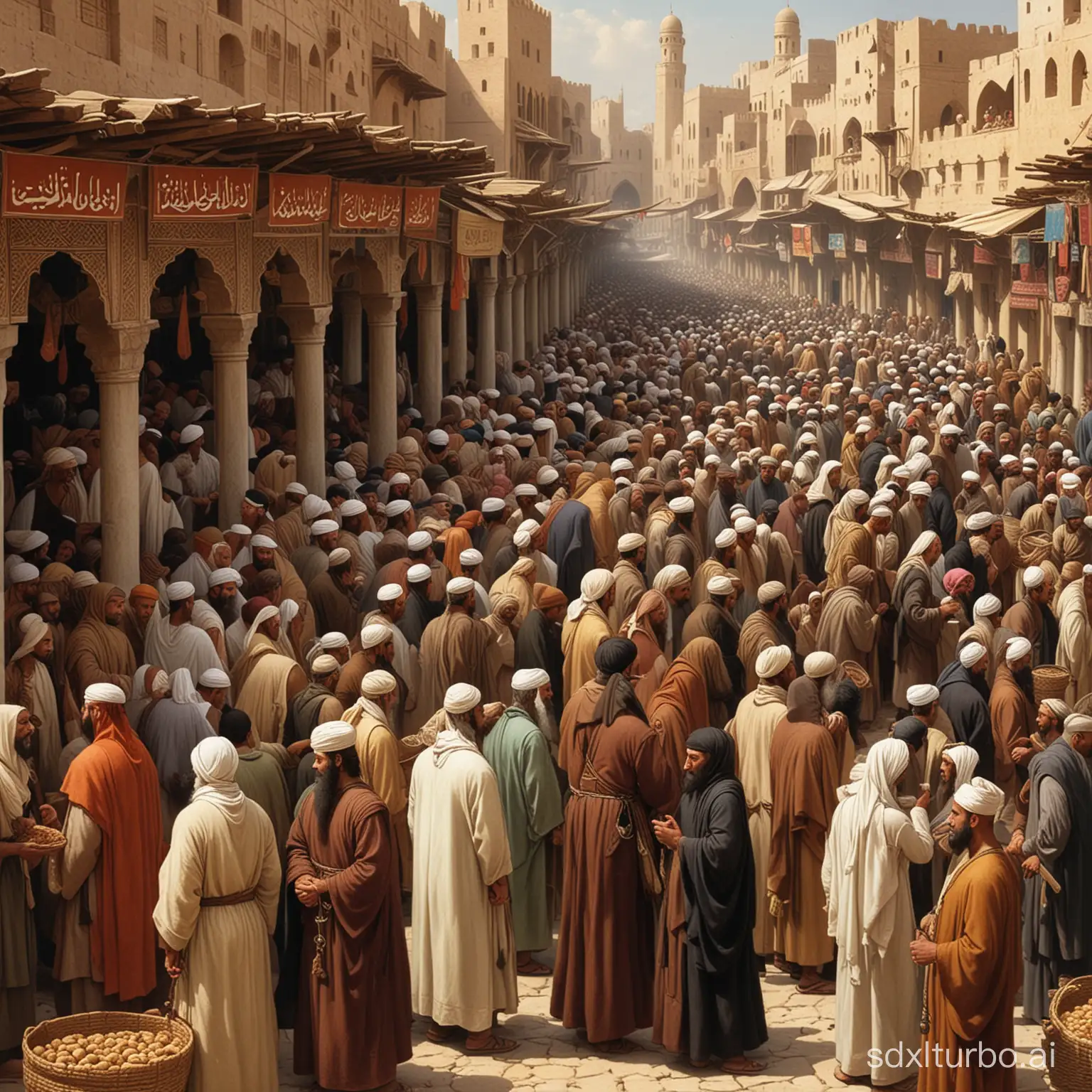
Related Tags
Prompt Analyze
- Subject: The main subject of the image is a bustling port site in colonial India during the 1700s. This includes various elements such as ships, dock workers, traders, and perhaps colonial officials overseeing the operations. The focus is on showcasing the economic and social dynamics of the era, highlighting the interactions and activities of the people. Setting: The setting is characterized by the ambiance of an old Indian port, with architectural elements reminiscent of the colonial period. The scene might feature warehouses, docks, and colonial buildings along the waterfront. The environment could be bustling with activity, with ships being loaded and unloaded, merchants conducting trade, and workers engaged in laborious tasks. Background/Style/Coloring: The background depicts a vibrant and lively port scene, with ships docked in the harbor and the hustle and bustle of people going about their daily routines. The style of the image could evoke a sense of historical realism, with attention to detail in capturing the architecture, clothing, and cultural nuances of colonial India. The coloring might include earthy tones and rich hues to convey the richness and diversity of the setting. Action/Items: The image may showcase various actions such as loading and unloading cargo from ships, merchants haggling over goods, dock workers carrying crates, and perhaps even a group of painters capturing the scene on canvas. Additionally, items commonly found in a port environment such as barrels, crates, ropes, and nautical instruments may be included to add authenticity to the scene. Costume/Appearance: The characters depicted in the image would wear attire typical of the colonial period in India, including garments such as dhotis, saris, turbans, and colonial-era clothing for Europeans. The appearance of the individuals might vary based on their roles, with merchants dressed more elegantly, dock workers in practical attire, and colonial officials in formal uniforms. Accessories: Various accessories relevant to the setting may be included, such as traditional Indian jewelry, hats or helmets for protection from the sun, spectacles for colonial officials, and tools or equipment used for maritime activities like ropes, pulleys, and navigation instruments.